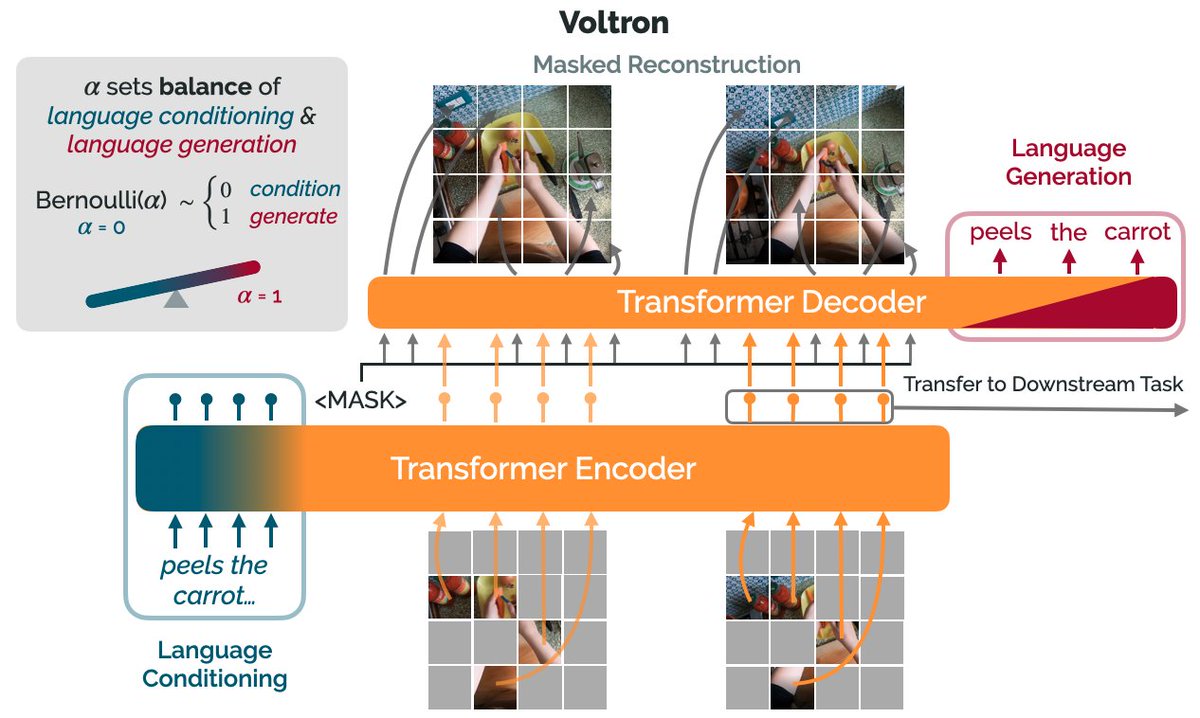1) Multipliers by
@LizWiseman What you'll learn:
- How you might be accidentally holding your team back
- What you can do (Action items!) to help everyone on your team be at their best
https://t.co/YLMPgDboq3
2) Radical Candor by
@kimballscott What you'll learn:
- How to give feedback that creates change
- How to build better relationships in the workplace
https://t.co/59CZksV4g0
3) The Five Dysfunctions of a Team by
@patricklencioni What you'll learn:
- Why team culture starts with Trust
- How you can build a team invested in the results of the whole
https://t.co/1A4TSSvUcw
4) Lead With a Story
What you'll learn:
- How to tell a story that inspires your team and help influence
- How to engage an audience, regardless of the topic
https://t.co/RUp49taGRl
5) Start With Why by
@simonsinek What you'll learn:
- How the biggest companies in the world inspire change
- Why it is important to start with a clearly defined mission and vision
https://t.co/VB1krb4glE
6) Atomic Habits by
@JamesClear What you'll learn:
- A framework for improving everyday
- How small changes compound throughout your life
https://t.co/sDWibNSMPe
7) Effective Executive
What you'll learn:
- How to think and prioritize like a master
- The right way to create a massive impact using your team's strengths
https://t.co/DXfX9AAmJG
8) The Obstacle is the Way by
@RyanHoliday What you'll learn:
- How to apply the Stoic Philosophy to overcome obstacles
- Why you need to focus on what you can control and let go of everything else
https://t.co/Ob1lFi7YpC
9) How to Win Friends and Influence People
What you will learn:
- How you will help people see your value
- The keys to influence without conflict
https://t.co/uULZPzg2Cz
10) Extreme Ownership by
@jockowillink What you will learn:
- The total focus principles that enable SEAL units to accomplish the most challenging combat missions
- How teams change when leaders decide to take Extreme Ownership
https://t.co/IfVewhipan
11) Steve Jobs
What you will learn:
- Steve Jobs was intense--holy shit
- This book provides an authentic, behind-the-scenes look at Jobs' life, including interviews with friends, family, and enemies.
https://t.co/t1XTbJP1V8
12) Shoe Dog
What you'll learn:
- What the path to success actually looks like
- How Nike went from a one-person operation to a global phenomenon
https://t.co/rUH2vb9f5x
13) Mastery
What you'll learn:
- How to learn the secrets of your craft
- How to unlock your passions and become a master
https://t.co/tMzrbDbRk6
14) The Coaching Habit
What you'll learn:
- How to keep your coaching conversations on track
- Questions you can ask to create impactful change
https://t.co/KXKwZsNIpJ
15) I Came As a Shadow
What you'll learn:
- The power of being a leader who never compromises their values
- How John Thompson became the first black coach to become an NCAA Champion
https://t.co/RWqCzk6zPO
16: The Lost Art of Listening
What you'll learn:
- How to hear what people mean, not what they say
- Disagree without being dismissive
https://t.co/F9CRjVMWWB
17) Crucial Conversations
What you'll learn:
- Create powerful dialogue when emotions are high
- Be persuasive, not abrasive
https://t.co/LMEWIVioeg
18: Emotional Intelligence 2.0
What you'll learn:
- Why Emotional Intelligence is responsible for 80% of your success
- Tactics you can use to become more aware of your emotions, and the emotions of others
https://t.co/LrCHaBhvxH
20) The Greatest Salesman in the World
What you'll learn:
- 10 principles you need to follow to be successful at anything in life
- The Power of Mindset
https://t.co/61rXyCZxCJ
21) The Magic of Thinking Big
What you'll learn:
- How to make your attitude your ally
- Think like a leader
- Use your big goals to help you grow
https://t.co/b4xVss4iRI
If you are interested in becoming a better leader, be sure to subscribe to my newsletter.
Every week I share actionable insights from the best books ever written about leadership.
Subscribe:
https://t.co/VkewvbUq40


